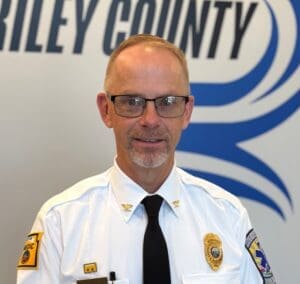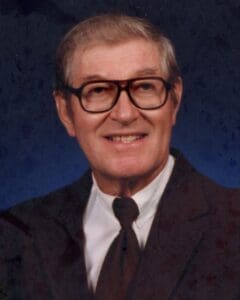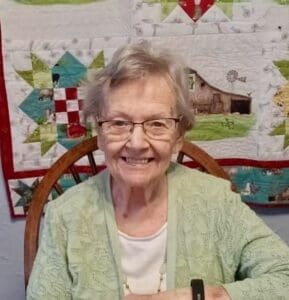In 1869, the city of Wakefield was created by founding fathers. The men purchased land from the Kansas Railroad Company and the National Land Company, through their entity, the Kansas Land and Emigration Company. Its name came from the purpose of Wakefield, to bring in settlers from England.
One namesake, Reverend Richard Wake, served as an advocate for English persons in the prairie states from his native Hampshire, England. Two other settlers, R.H. Drew, a land agent in London, and John Wormald, worked in tandem to create the town. They enlisted the help of five others, including Rev. Wake’s brother, Colonel Charles Wake.
The town was named for the Wakes, as well as another founder’s hometown of Wakefield, England. James Gilbert hailed from the original Wakefield and served as the area’s first settler, landing in 1858.
Rev. Wakefield, who lived in Illinois, New York, and Nebraska, having come to the U.S. in 1954. When visiting the Wakefield area for the first time, stated “I have never seen a more beautiful landscape.”
The acreage was purchased for $102,000 in 1869, or around $2.4 million today. That came to just $1.23 per acre, or what would be $29 an acre today. In addition, Wormald invested $72,000 into the colony. ($1.7 million today)

In total, 83,000 acres were used for the town, though it is believed that an initial 32,000 were obtained and the rest coming at a later date.
The idea of the investors was to find English persons who would purchase and farm the land, thus giving them a new start and ownership of the land. They referred to this as “association immigration.” The first round of 77 settlers arrived in October of 1869 and another 15 settlers the following spring. From there the town grew by single families and additions here and there.
Most of the settlers saw the town as a business opportunity and did not stick around. Though A. Maitland, a forefather, served as the first postmaster.
Wake is known to have founded a Methodist Church in the area, but left the area soon after. He had one child and grandchild, at which the family line ended. However, his niece married Charles Dibben and had six children. At least two of those children traveled to Wakefield, William Henry Dibben and Sarah Emily Dodson, who remained in the area until their death. There were several notations of Rev. Richard and Charles visiting the Dibben siblings, who remained in Wakefield for the rest of their lives.
Meanwhile, the Wake brothers landed in Nebraska, where Rev. Richard helped found the town of Palmyra. He traveled back to England in 1909, but died in Los Angeles. He and Sarah were both buried there, while Charles remained in Nebraska, where he became an important citizen in the town of Columbus. There he was an assessor, a deputy sheriff, and a charter member of the volunteer fire department. Notably, Charles was a Mormon, in contrast to his brother’s work as a Methodist. He and his wife, Emma, had eight children, who dispersed between Idaho, Nebraska, and California.
Research by Susan Hammond and the Wakefield Museum.













